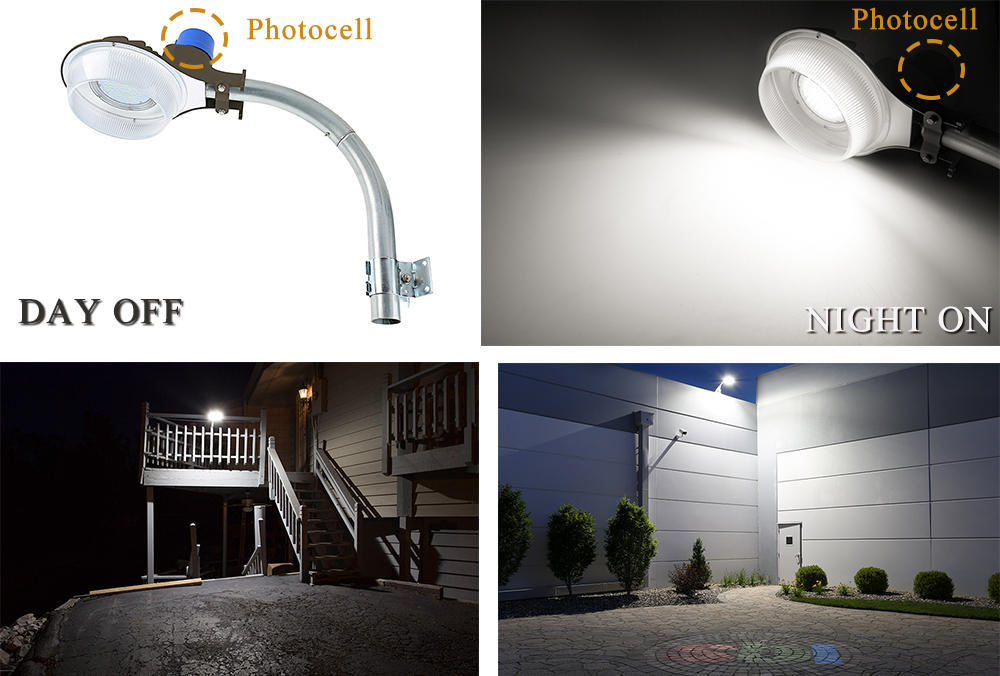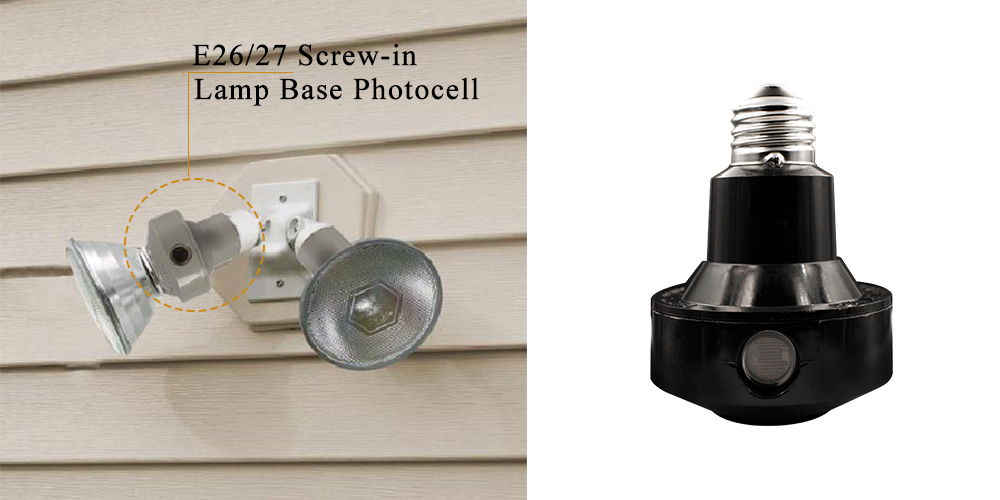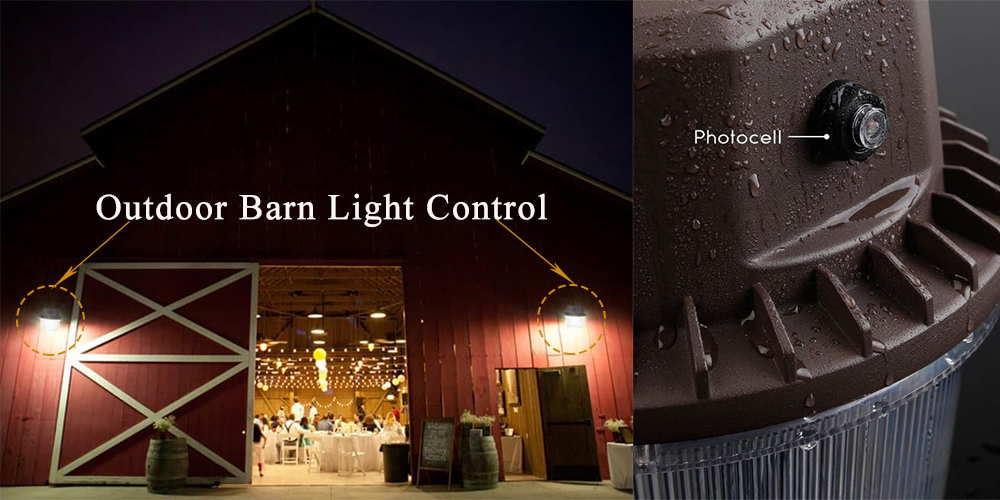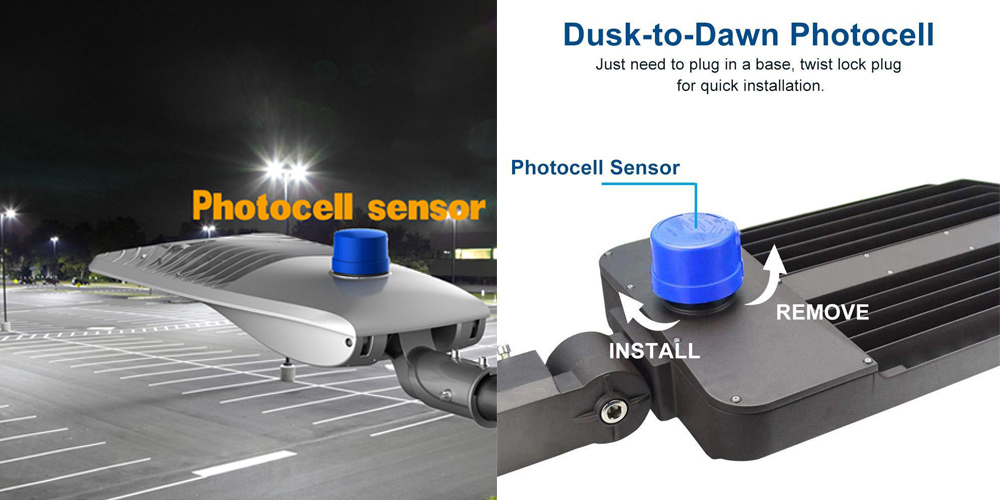How can we help you?

How can we help you?


The Differences
Photocells and motion sensors are electronic devices you can use to manage indoor or outdoor lighting. These sensors improve the security and safety of your home, automatically turning on lights when it gets dark or they detect motion. They also save energy by turning themselves off when extra light is unnecessary. Explore the differences between photocells and motion sensors and find out how these products, along with dimmers and other controls can enhance your home’s lighting system.
The Science of Photocells
There are several types of photocells available, but they all use the same underlying technology, semiconductors, to control electric current. Under normal conditions, semiconductors won’t conduct electricity, but when they’re exposed to enough light, current starts to flow. In some products, the photocell function is adjustable, so you can choose the light level that will activate the semiconductor.

There are a variety of photocells available today.
· Lamp or candelabra base photocells screw into a light bulb socket, turning almost any lamp or permanent fixture into an automatic lighting system. You’ll need to install one of these devices in each socket for proper operation.

· Line-voltage, Wired Photocells control an entire electrical circuit and are an ideal way to manage security or landscape lighting.

· Twist-Lock, ANSI C136.10 Photocell Control for Outdoor Lighting Auto Manage from Day to Night.

Many motion sensors use a combination of detection methods to provide enhanced coverage and eliminate false positives. Devices designed for outdoor use often include a photocell function that turns the system off during the day, which conserves energy. The adjustable timers built into some sensors lets you control how long the attached lights remain active after it detects motion.
Motion sensors are often used to turn on outdoor lights when they detect movement in their coverage area. They’re also used as energy-saving occupancy sensors in commercial buildings, turning off lights in empty offices. Many of these products have adjustable sensing areas, letting you cover specific locations such as driveways or walking paths without picking up movement from tree branches or nearby streets.
Most motion sensors designed for outdoor light management connect directly to a 120-volt circuit and control multiple fixtures. Security system sensors are often battery powered and transmit alerts wirelessly to a base station. Some stand-alone motion sensors have built-in lights, making them easy to install and use almost anywhere.
The differences between photocells and motion sensors offer many control options for indoor and outdoor lighting systems.
· Use a combination photocell and motion sensor to activate security lights around your home, but only after dark.
· Place a motion sensor and outdoor lights along a sidewalk or garden path to ensure safe footing when walking the dog or taking out the garbage at night.
· Ensure decorative light fixtures are always on after dark using a photocell.
· Combine a lamp, a plug-in photocell and a traditional light switch to create an automatic light you can turn on only when it’s needed.
· Use motion sensors with integrated lights to provide hands-free stairway illumination.
Motion sensors and photocells switch power on or off based on changing light levels or detected motion. They’re compatible with many different types of light fixtures, and some work with security systems. Save energy and enhance your home’s appearance and safety with these flexible controls.